5 Overlooked Temples and Shrines in the Tokyo Area

Tokyo is an amazing place with so much to see and do and while some stand out more than others, there are many more places that are a treat for visitors. Here are five temples and shrines across the Tokyo area that are wonderful to visit that are often overlooked.
Tokyo is a city known for its high energy as masses of people move throughout the metropolis on trains timed perfectly to the second while also having deep roots in antiquity, noble houses, myths, and spirituality.
There is so much to see in the city, much of it hidden just out of sight. Please enjoy these five temples and shrines in the Tokyo area that are unlikely to appear in a typical travel guide.
5 Unique Temples and Shrines in the Tokyo Area
1. Hanazono Jinja Shrine
2. Sengakuji Temple
3. Nezu Jinja Shrine
4. Naritasan Shinshoji Temple
5. Takaosan Yakuoin Yukiji Temple
1. Hanazono Jinja Shrine

Photo by Pixta
The flashing lights of Shinjuku are sure to dazzle and amuse any who visit its bars, restaurants, or department stores, but hidden in the center of it all is the wonderful Hanazono Jinja Shrine.
This shrine has been the anchor of worship in the Shinjuku area since before the Edo Period (1603-1868), though its date of origin is unknown. Sometime between 1624 and 1644, the shrine was moved to its current location in what was then the city mansion of the Owari Province Daimyo, the greatest of the Tokugawa branch families.

Photo by Pixta
In addition, the name “Hanazono” came from the brilliant flowers of the daimyo’s gardens. As the city grew around the shrine, it became associated with the general wellbeing of the locals.
One of this shrine’s greatest strengths is its ability to remove the visitor from the outside world. Shinjuku is rarely quiet, and yet Hanazono, tucked behind a wall of buildings, is able to produce an environment which invites relaxation. It’s a great place to take a break if shopping nearby, in spring and fall the cherry trees put on a nice show, and flea markets on Sundays present antique wares to curious eyes.
Hotels near Hanazono Shrine
↑ Return to the top of article.
2. Sengakuji Temple

Photo by Pixta
Who doesn’t enjoy samurai? Sengakuji Temple is a lovely temple just north of Shinagawa Station with one of the most important stories of Edo Period Japan. Founded by Tokugawa Ieyasu in 1612, Sengakuji Temple was built to be the primary temple of the Soto Zen sect in the newly founded Edo capital, but it came to prominence after being named the resting place for the 47 Ronin of the Ako Incident in 1703.
The story of the 47 Ronin was one of the most dramatic tales in the Edo Period and its dramatization in the classic Kabuki play “Chushingura” is one that has since been retold from kabuki theaters to the silver screen. It is a tale of honor lost and honor gained through self-sacrifice and loyalty to one’s lord.
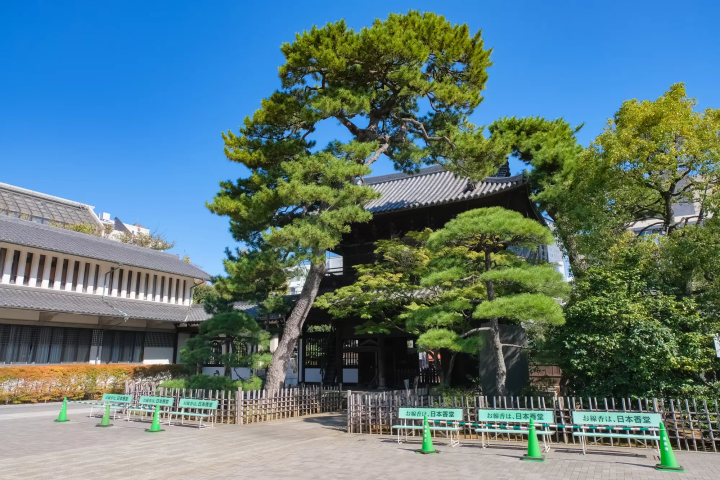
Photo by Pixta
The 47 were real people who avenged the honor of their fallen lord who was forced into disgrace by the actions of another. Following their success, the 47 took their own lives and were buried with dignity alongside their lord at Sengakuji Temple at the request of the shogun, Tokugawa Tsunayoshi.
Visitors to the temple can pay their respects by placing incense at the altars of the 47 as well as Lord Asano and his wife. Today, there are festivals celebrating these individuals every year on December 14 at the temple. Sengakuji Temple is now one of only a few temples in Tokyo that train and develop Buddhist monks in a dormitory system, and as such they host open lectures and calligraphy classes to the public.
Hotels near Sengakuji Temple
Read also
↑ Return to the top of article.
3. Nezu Jinja Shrine
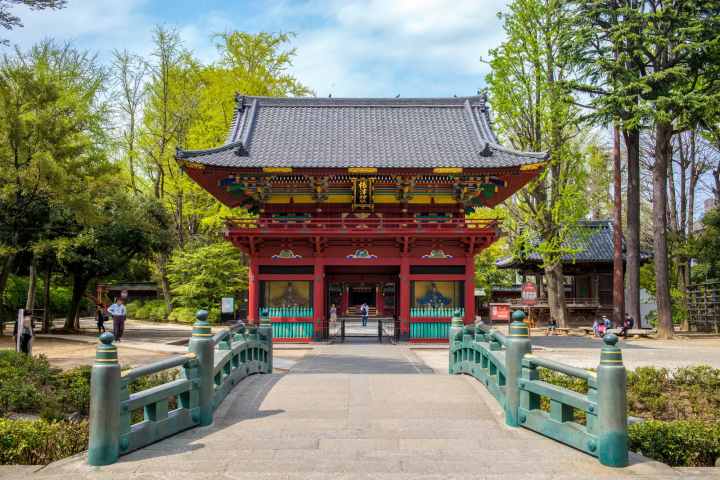
Photo by Pixta
Ueno Park is such a great place to visit in Tokyo, so why not take a stroll down the street to Nezu Jinja Shrine to appreciate some art, architecture, and tranquility? This shrine has its own garden with towering trees and ponds, and is famous for hosting an impressive Azalea Festival every year in April.
The structures of the shrine are built using classic Edo Period architecture which is defined by using lots of colors on wood carvings and gold accents to show the wealth of the patrons, most of whom were members of the Tokugawa family and even Emperor Meiji.

Photo by Pixta
Nezu Jinja is not just a pretty sight though, it’s also home to powerful deities which makes the shrine a popular location to pray. Enshrined within are Susano’o no Mikoto (God of Disaster Prevention, Poets, War, and Fertility), Oyama no Mikoto (God of Mountains, Agriculture, and Brewing), Hondawake no Mikoto (God of Martial Arts), Okuninushi no Mikoto (God of the Nation and Marriage), and Sugawara Michizane (God of Knowledge).
The shrine is not particularly large, but the grounds invite visitors to take the time to wander the paths and enjoy soaking in a natural atmosphere in an otherwise very densely built neighborhood.
Hotels near Nezu Shrine
↑ Return to the top of article.
4. Naritasan Shinshoji Temple
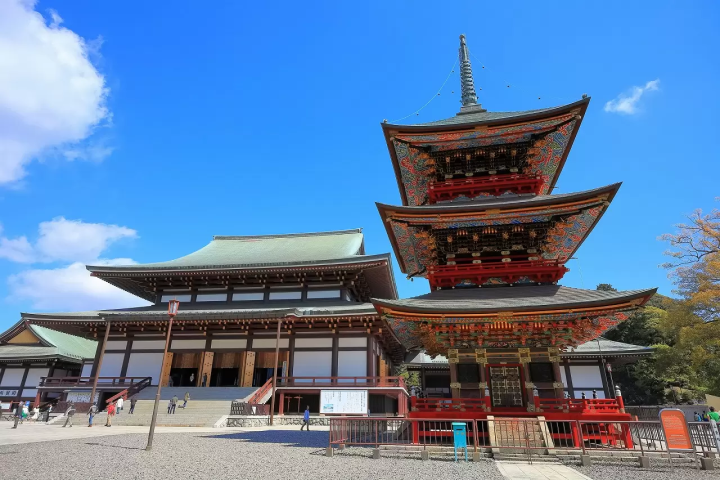
Photo by Pixta
Narita Airport is a common port of entry and exit for many people visiting Tokyo, but many are unaware of the hidden beauty only a brief train ride away. This is the perfect spot to visit if one has a layover or just some time to waste before catching a flight.
Commonly referred to as Naritasan, this temple is home to a carved wooden statue of Fudo Myoo, the Immovable One. Fudo Myoo is one of the Five Bright Kings, his duty is to protect the faithful and punish the wicked.
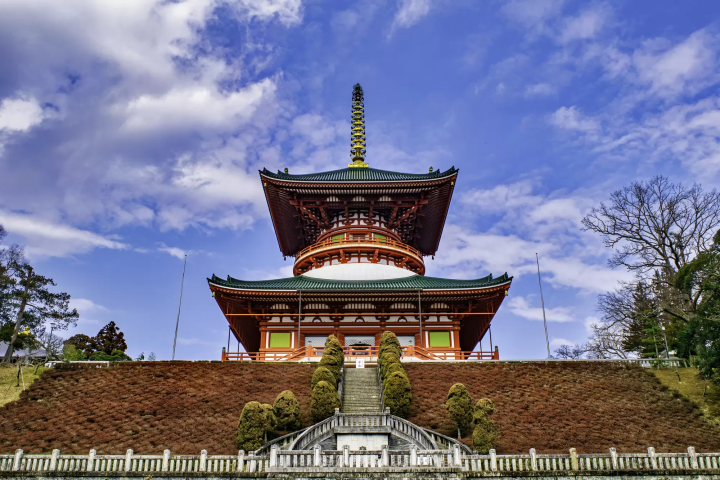
Photo by Pixta
What makes this statue so renowned is that it’s believed that this statue was carved by legendary monk Kukai (also known as Kobo Daishi), the founder of Esoteric Buddhism in Japan in 806 C.E.
The statue was originally housed in the Kansai region, but with the threat of war in the Sengoku Period, the statue was moved to eastern Japan and this monastery was built as its new home. There are walls of Bodhisattva statues, grand prayer halls, and lovely landscaping for visitors to wander and enjoy.
Hotels near Naritasan Shinshoji Temple
↑ Return to the top of article.
5. Takaosan Yakuoin Yukiji Temple
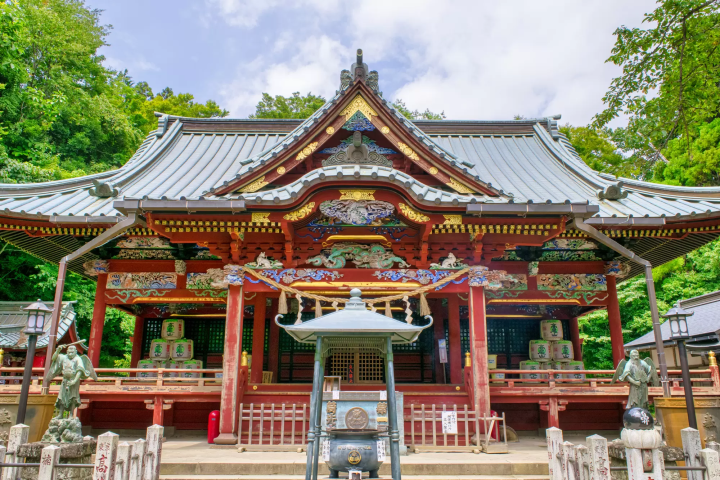
Photo by Pixta
For those who want to take a break from the large crowds, climbing Mount Takao in western Tokyo and visiting Yakuoin Yukiji Temple can be a rewarding experience. The main hiking route from the bottom of the mountain to the summit is steep, but it winds through lush moss-covered woods. If that sounds unappealing, a cable car or ropeway to higher elevations is only a ticket away.
The temple itself played a role in the spiritual and political landscape of the Kanto area. Yakuoin Yukiji Temple was founded in 744 C.E. as a gateway to establish Esoteric Buddhism across the greater Kanto region from its base in the Imperial Court in the Kansai region. Later in the 14th century, the monk Shungen Daitoku had a vision of Izuna Daigongen, a tengu spirit that overlaps both Shinto and Buddhist beliefs.

Photo by Pixta
He is seen as a being similar to a Myoo of Esoteric Buddhism with wings and a beak, but he also is known to represent the Shinto fox god Inari, protector of crops. It was decided then to enshrine an effigy of Izuna Daigongen as the main deity of the mountain.
In the latter years of the Muromachi Period and into the Sengoku Period of the 15th and 16th centuries, the temple and the mountain itself proved to be spiritually and strategically important to warlords looking to control eastern Japan.
Mount Takao has an incredible view of the Kanto plains, it oversees passes through the mountains to the west, and the spiritual boons from Izuna Daigongen were highly valued. Warlords like Takeda Shingen, Uesugi Kenshin, and the Hojo family offered generous donations and constructed lavish houses of worship to receive the blessings of the temple.
Hotels near Takaosan Yakuoin Yukiji Temple
Enjoy Exploring Tokyo's Hidden Gems
The five temples and shrines featured above are just some of the many fascinating places around Tokyo that deserve more attention. take the next chance to explore these locations and create unique memories of your trip.
Read also
Main image by Pixta
I am a California native living in Japan. I lived in Minamiawaji for five years and love Kansai, now live in Tokyo and can't imagine life without reliable trains. I majored in medieval Japanese history in college, worked on the Expanding Frontiers exhibition of post-war Japanese prints at the Jordan Schnitzer Museum of Art, and spend much of my free time traveling to temples and shrines across Japan. When I'm not geeking out about history and art, I'm watching movies, sports, and practicing photography.



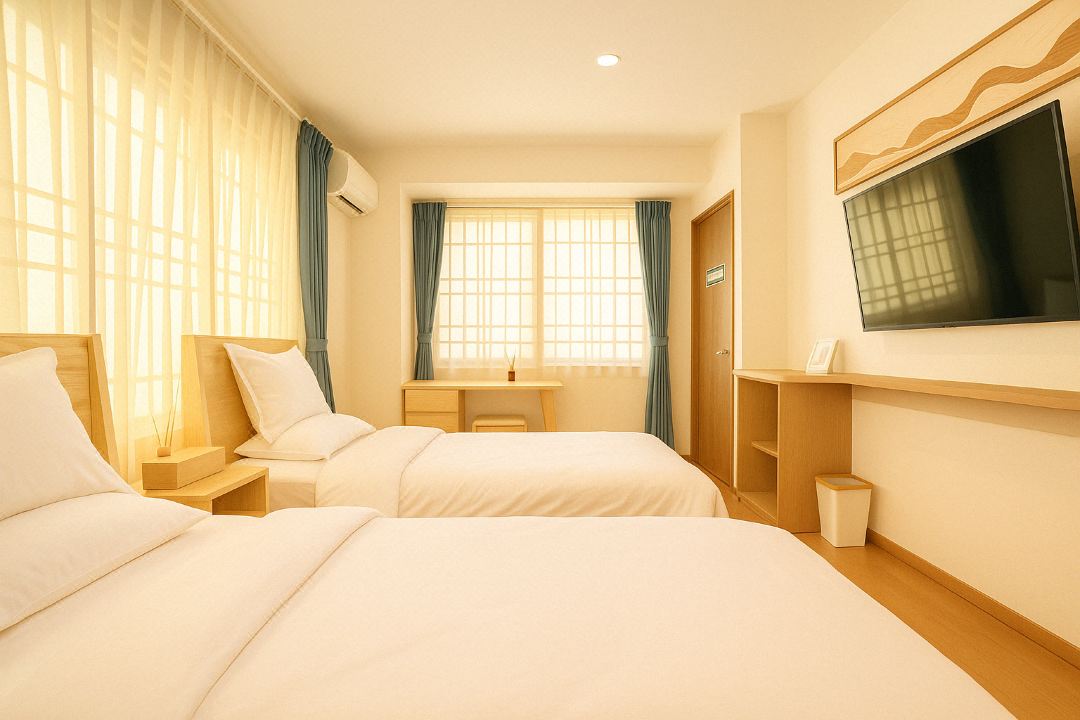


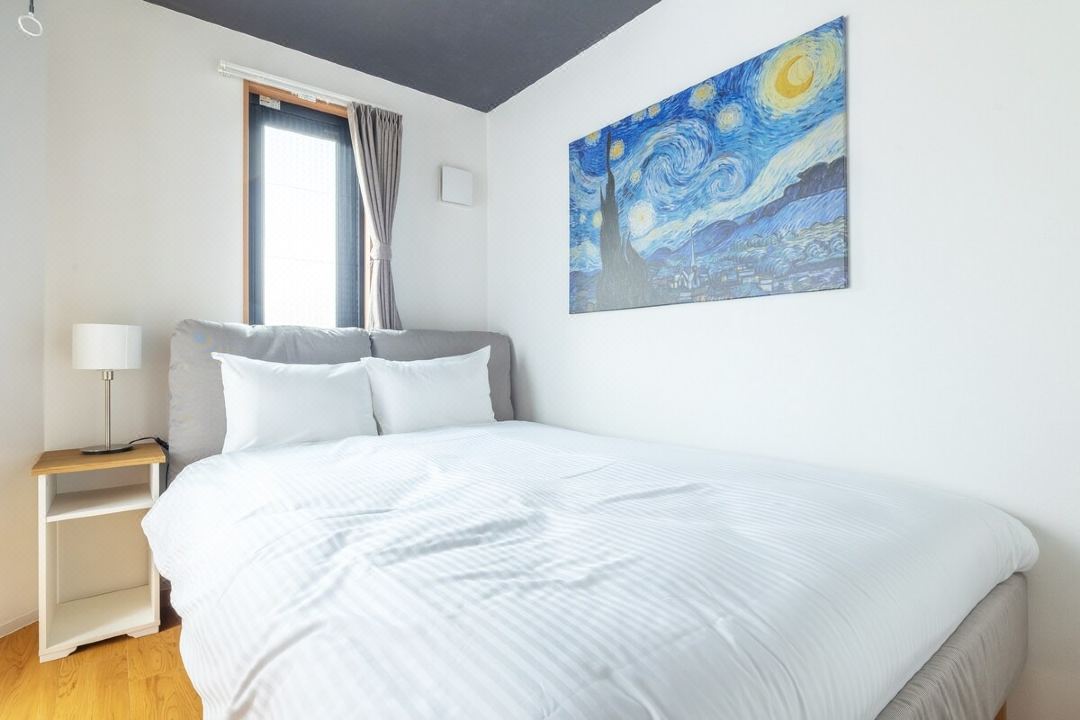


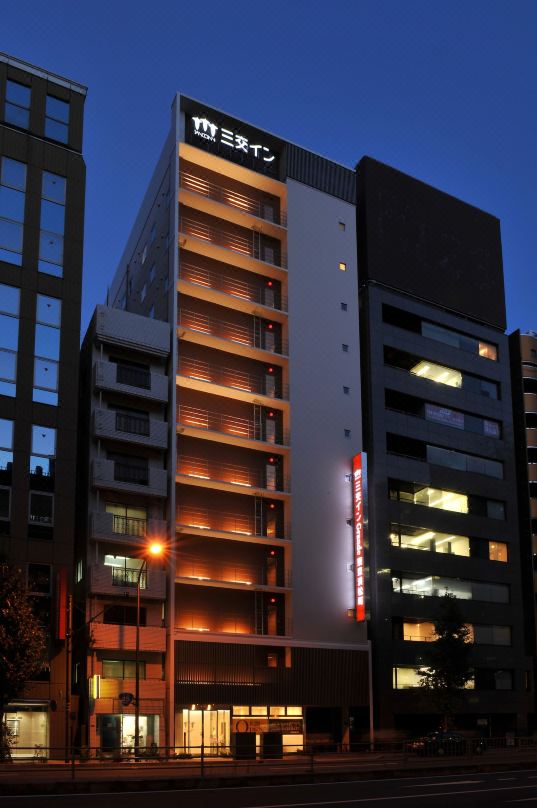
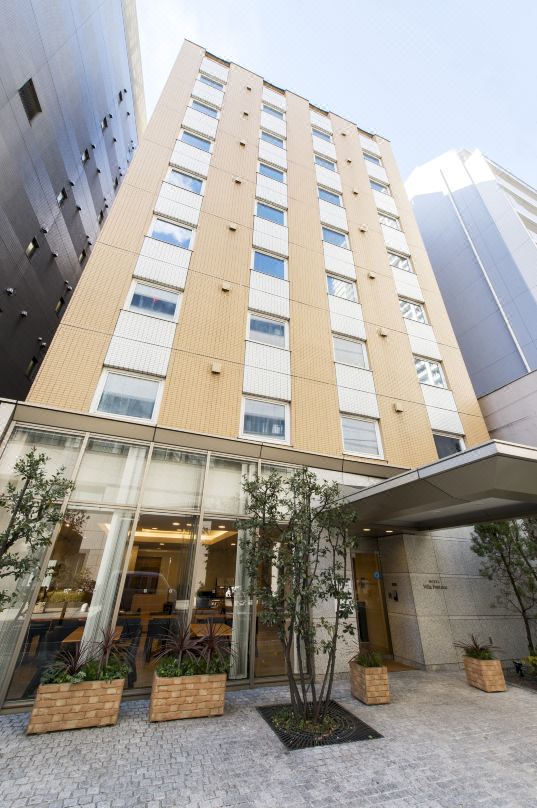
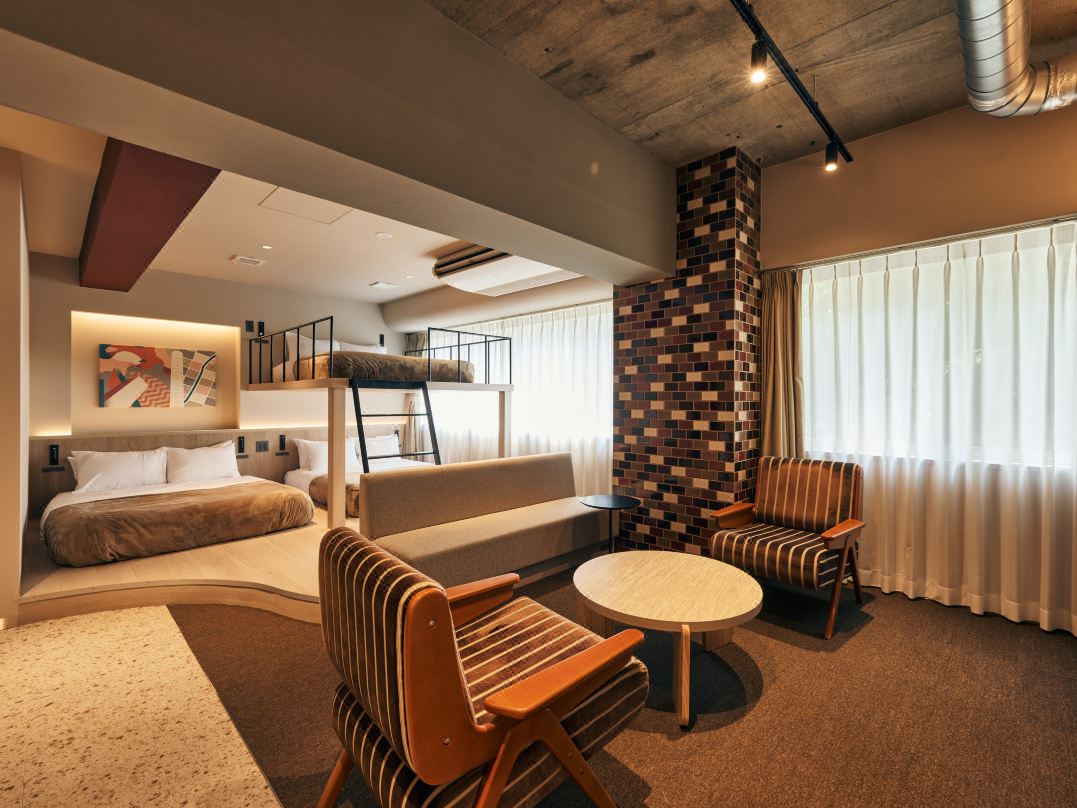









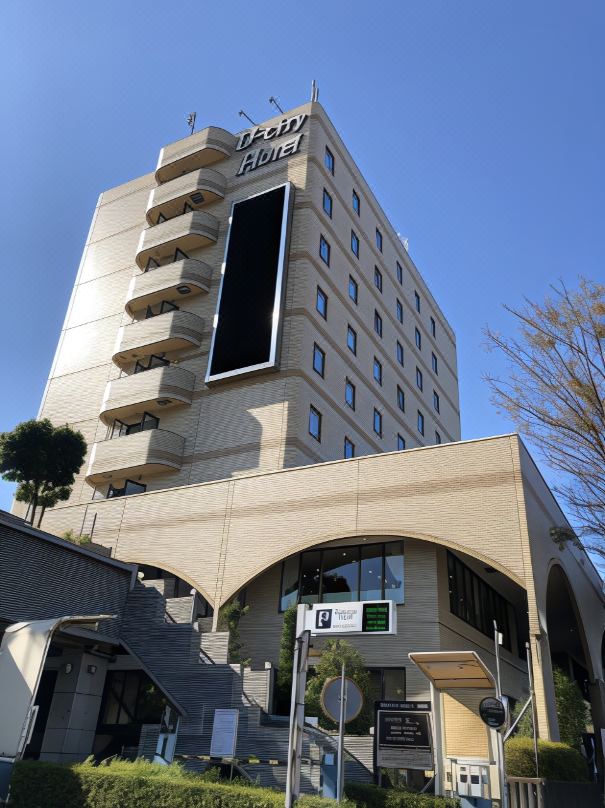



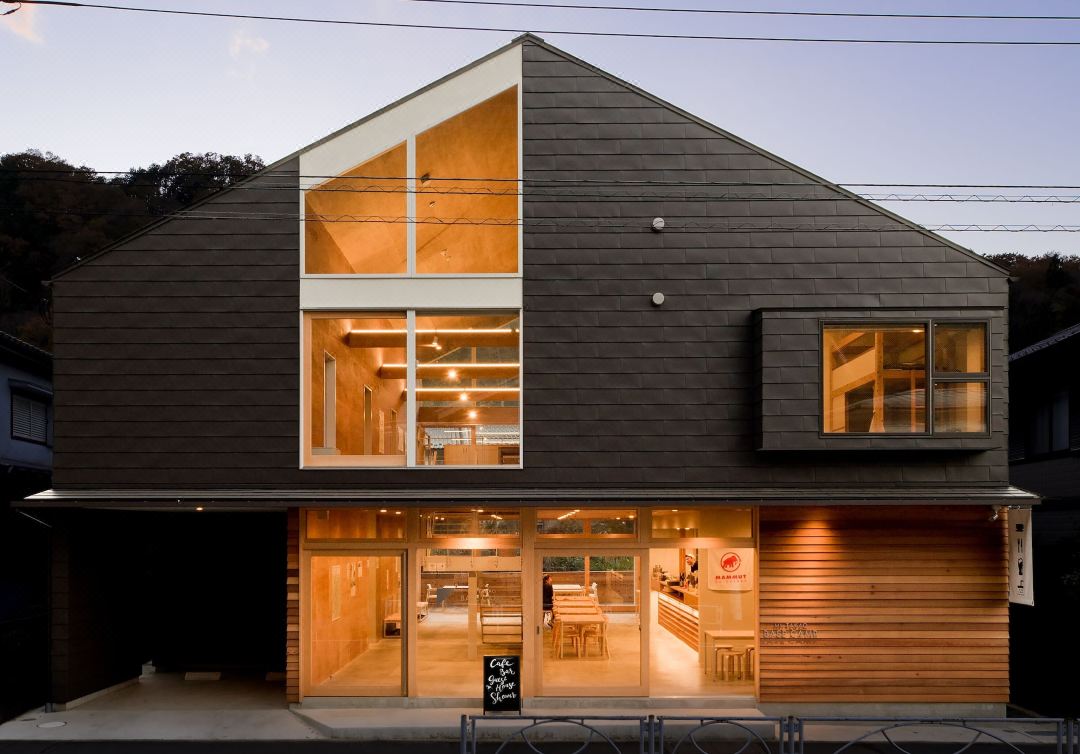
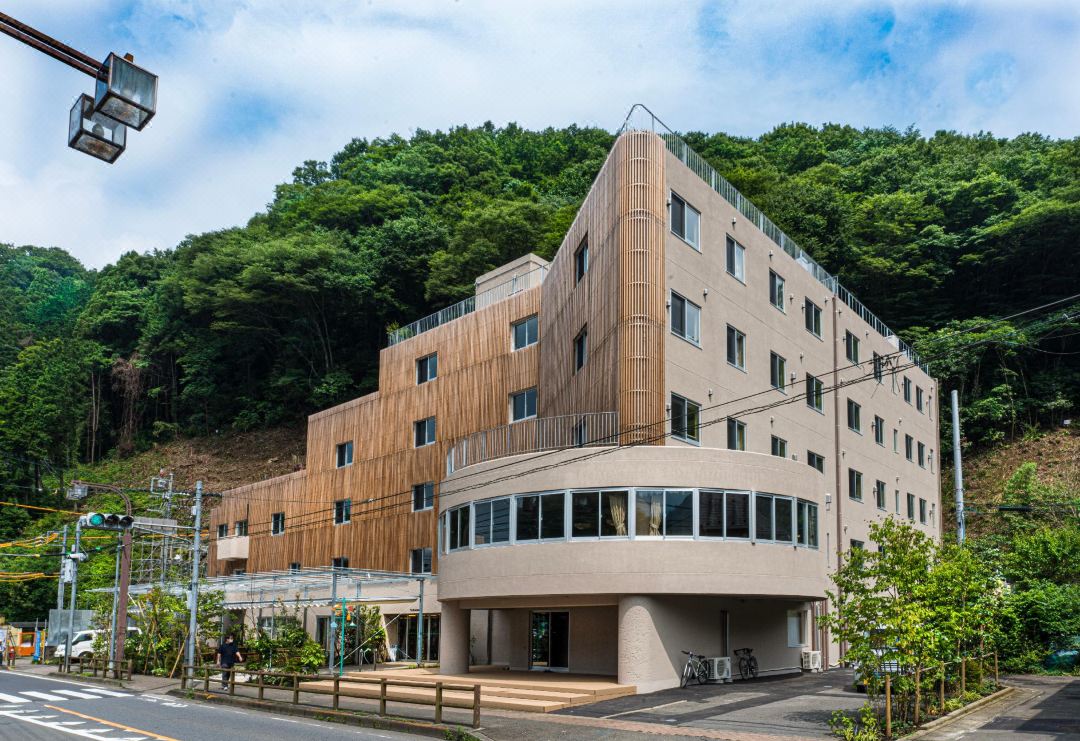


































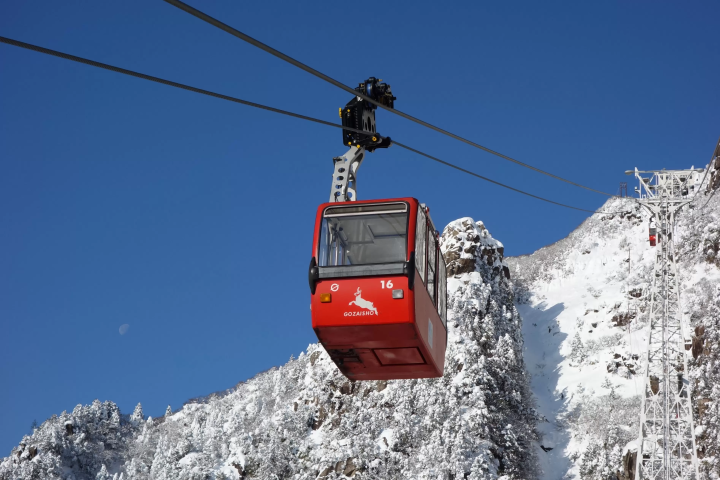
![[2026] The Matsusaka Lantern Festival will be held to light up the winter night sky!](https://resources.matcha-jp.com/resize/720x2000/2026/01/05-254777.webp)
![[List of Traditional Industry Experiences] Factory tours and craftsmanship experiences in southern Osaka and Wakayama](https://resources.matcha-jp.com/resize/720x2000/2025/11/06-249221.webp)
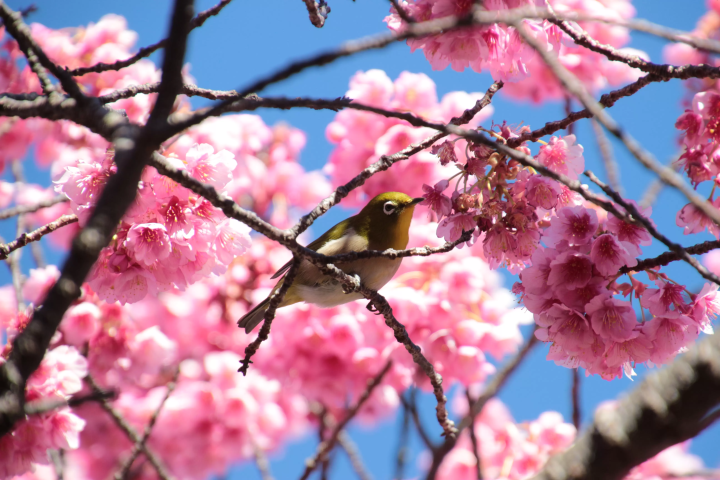
![[Coupons available] If you want to enjoy shopping for sporting goods, head to the Alpen flagship store!](https://resources.matcha-jp.com/resize/720x2000/2026/01/16-255845.webp)